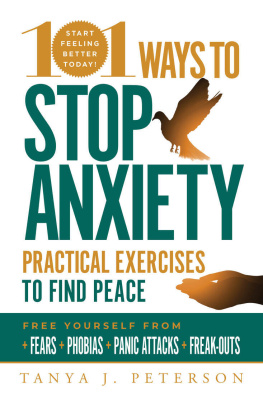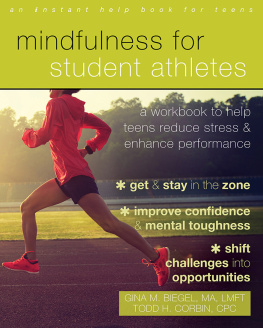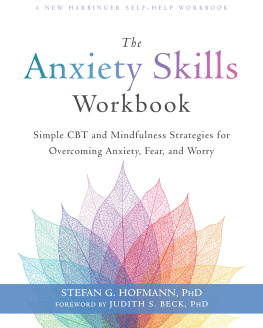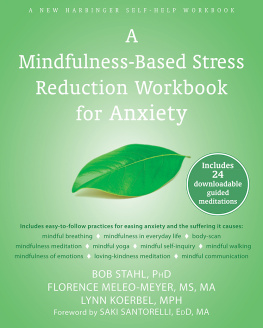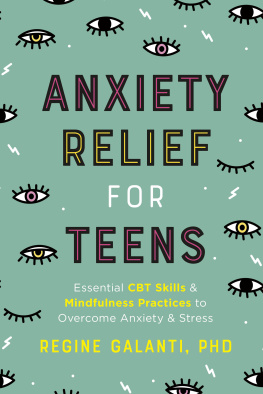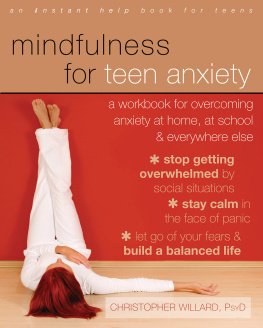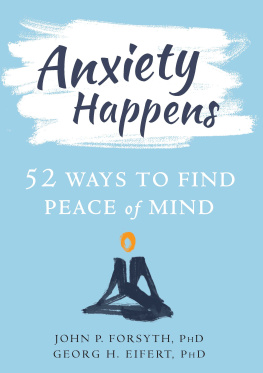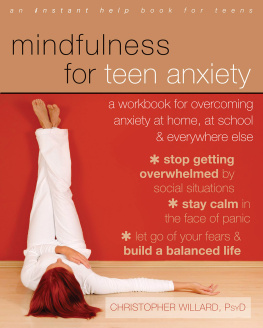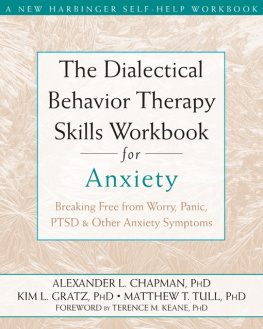

Copyright 2018 by Tanya J. Peterson
No part of this publication may be reproduced, stored in a retrieval system, or transmitted in any form or by any means, electronic, mechanical, photocopying, recording, scanning, or otherwise, except as permitted under Sections 107 or 108 of the 1976 United States Copyright Act, without the prior written permission of the Publisher. Requests to the Publisher for permission should be addressed to the Permissions Department, Althea Press, 6005 Shellmound Street, Suite 175, Emeryville, CA 94608.
Limit of Liability/Disclaimer of Warranty: The Publisher and the author make no representations or warranties with respect to the accuracy or completeness of the contents of this work and specifically disclaim all warranties, including without limitation warranties of fitness for a particular purpose. No warranty may be created or extended by sales or promotional materials. The advice and strategies contained herein may not be suitable for every situation. This work is sold with the understanding that the Publisher is not engaged in rendering medical, legal, or other professional advice or services. If professional assistance is required, the services of a competent professional person should be sought. Neither the Publisher nor the author shall be liable for damages arising herefrom. The fact that an individual, organization, or website is referred to in this work as a citation and/or potential source of further information does not mean that the author or the Publisher endorses the information the individual, organization, or website may provide or recommendations they/it may make. Further, readers should be aware that websites listed in this work may have changed or disappeared between when this work was written and when it is read.
For general information on our other products and services or to obtain technical support, please contact our Customer Care Department within the United States at (866) 744-2665, or outside the United States at (510) 253-0500.
Althea Press publishes its books in a variety of electronic and print formats. Some content that appears in print may not be available in electronic books, and vice versa.
TRADEMARKS: Althea Press and the Althea Press logo are trademarks or registered trademarks of Callisto Media Inc. and/or its affiliates, in the United States and other countries, and may not be used without written permission. All other trademarks are the property of their respective owners. Althea Press is not associated with any product or vendor mentioned in this book.
Design by Thoughtfull
ISBN: Print 978-1-64152-029-4 | eBook 978-1-64152-030-0
This workbook is dedicated to the tens of millions of people who experience anxiety. This book is for you, so you can live a mindful life, unhindered by anxiety.

CONTENTS
HOW TO USE THIS WORKBOOK ON AN EBOOK DEVICE
If youre reading this workbook on a touch-screen device, you can add notes and highlight text just like you would in a physical workbook.
Some sections will prompt you to write in answers or personal responses. Its easygive it a try right here: -------------.
With your finger, tap and hold for a few moments on the line above. Depending on the device youre using, an icon such as a magnifying glass will appear. Lift your finger and youll see an options menu. Select Note (or Notes) to add and save your own text. When youre done, an icon or highlighted area will remain, which you can always return to and tap if you want to reopen and read or edit your note.
The same tap-and-hold options menu offers Highlight or Color, which you can select if you want to highlight a passage or check a box. Experiment with it: By swiping your finger before releasing you can select entire sentences or paragraphs. The options menu also offers Bookmark for when you want quick access back to certain pages.
This method is the same on nearly all touch-screen ebook devices, but some have slight variations. If youd like more information specific to the device youre holding in your hands, a quick online search will yield best results.
Why We Struggle with Anxiety
WHAT IS ANXIETY?
Anxiety is an ogre that lives inside us and blocks us from fully living the life we want to live. Anxiety has many symptoms, both psychological and physical, that can be felt anywhere in the body. Anxiety can take hold at any time, and it can influence our thoughts, emotions, and actions.
I use ogre to describe anxiety because thats what it felt like to me. I lived with anxiety for most of my life. For me, it mostly showed up as an over-the-top tendency toward perfectionism, coupled with social anxiety. A therapist once described me as having an anxious personality. Then, a traumatic brain injury, followed by two other concussions, turned my anxious tendencies into full-blown anxiety disorders. At that point, anxiety really did seem like an ogremy own personal monster that followed me everywhere.
WHAT IS ANXIETY GOOD FOR?
To be fair, anxiety does serve a positive purpose in our lives. It can be motivating, helping us maintain peak performance. It also keeps us safe and keeps things running smoothly by ensuring we stay on the lookout for potential problems and obstacles. To a limited degree, anxiety is also a component of empathy and caring. When we love someone, we are concerned about his or her well-being, and that set of thoughts and feelings encourages us to take caring action. Anxiety becomes a problem for us when it becomes excessive. For example, when motivation becomes debilitating performance anxiety or empathy becomes overprotection and unhealthy attachment, anxiety becomes unhealthy, and we begin to struggle with it.
Fear vs. Anxiety
| Fear | Anxiety |
| Present-focused: The source of the fear is happening now. | Past- or future-focused: The worry centers on thoughts about what already happened or what might happen. |
| Rational: Its a response to a threat in the outside world. Maybe your neighbors snarling, barking dog charged at you when you walked by. Your bodys fear, or fight-or-flight, reaction kicks in to help you keep yourself safe. | Irrational: Nothing directly tangible in the outside world is overtly threatening you now. You might be anxious that some snarling dog somewhere will charge at you if you go for a walk, but there isnt anything real to address. |
| The object of fear is real and specific. | The object of anxiety feels real but is vague. |
| Because the object of the fear is real, its something that can be confronted. Objective measures can be taken to address it. Continuing with the snarling dog example, you can choose to take a different route, you can talk to your neighbor, or you can observe it and learn that its bark is worse than its bite. | Anxiety doesnt feel fabricatedthe fear and worry you experience are real. But with anxiety, theres nothing concrete you can do to alleviate your distress, because anxiety deals in hypotheticals. Anxiety over the possibility of being attacked by some dog somewhere is difficult to address because the threat is theoretical. |
| The object of fear is external. |
Next page

